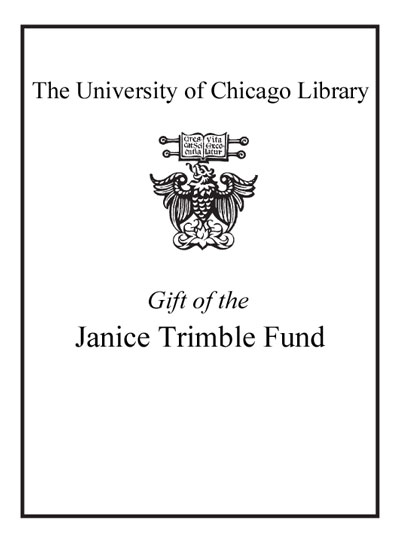Review by Choice Review
Levenson (Univ. of Virginia) casts a wide net in this study of the numerous artistic genres that constituted the modernist movement of the late-19th and early-20th centuries. The author walks in the footsteps of others--for example, Peter Gay and Pericles Lewis--yet also adds a new, distinct perspective to the field. First, he provides rich historical context and offers in-depth analysis of how certain social and economic movements and phenomena (the crisis of industrialization, the emergence of the private sphere of life) in earlier periods contributed to the formation of modernism. Second, he focuses on the art not as a passive experience but as an active practice. He necessarily scrutinizes audience reaction and thus charts the dialectic between audience and artist. The chapter on drama is particularly robust in that Levenson focuses both on canonical figures (Ibsen, Chekhov, Synge, et al.) and on individuals not usually included in such studies (stage designer Gordon Craig). An important work for anyone going into graduate study. Summing Up: Highly recommended. Upper-division undergraduates and graduate students. A. P. Pennino Stevens Institute of Technology
Copyright American Library Association, used with permission.
Review by Choice Review

